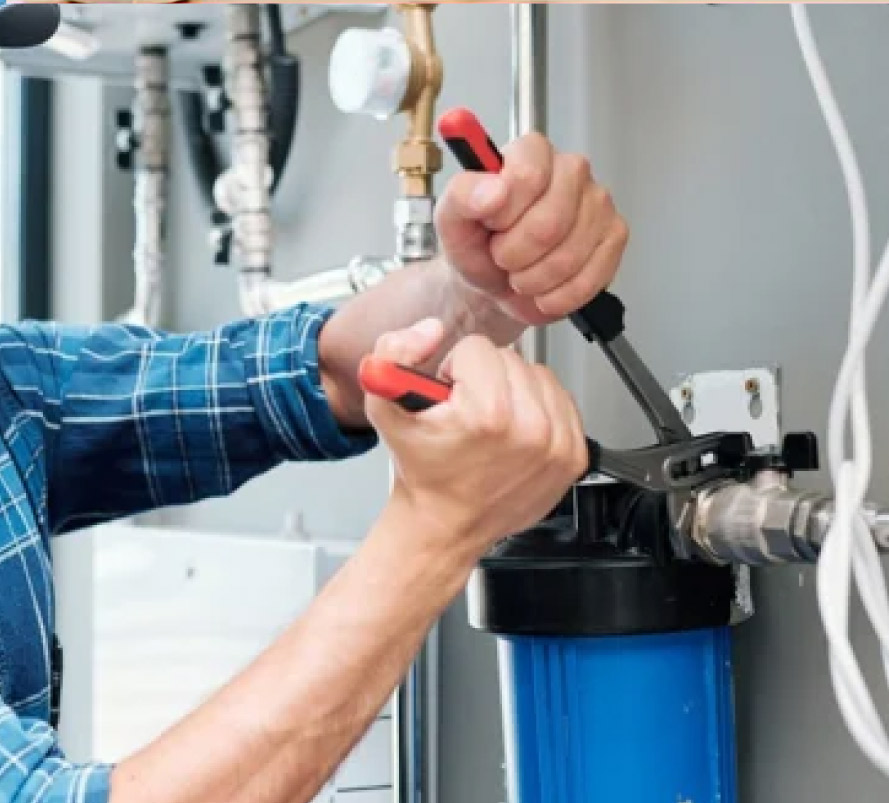maintenance service
We provide maintenance services and spare parts to our customers quickly and efficiently even after the warranty period for a range of our products.

We provide maintenance services and spare parts to our customers quickly and efficiently even after the warranty period for a range of our products.
After-sales service
After-sales service for maintenance and provision of spare parts is one of Zoom’s most important features.
At Zoom, we are dedicated to providing the best water filter maintenance services to ensure you always have pure and healthy water. Whether you use a household or industrial filter, our team of experts is ready to deliver comprehensive solutions to maintain your filter’s efficiency and extend its lifespan.
Contact us on 97575167
Maintaining a water purifier is essential to ensure it functions effectively, provides clean water, and has a long lifespan. Here’s a simple guide to the key maintenance tasks:
Maintaining the filtration process in a water purification system is crucial to ensure consistent water quality and system efficiency. Here’s a breakdown of how to maintain the filtration process effectively:
The maintenance cost of a water filter depends on the type of system, the number of stages, the cost of replacement filters, and how often they need to be changed. Here’s a breakdown of the typical costs: